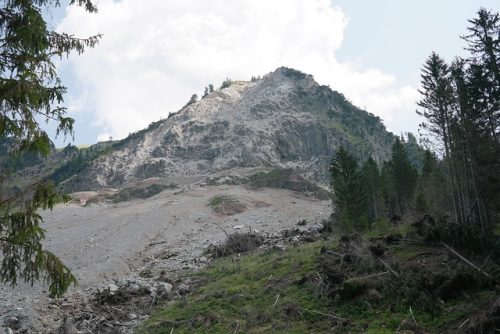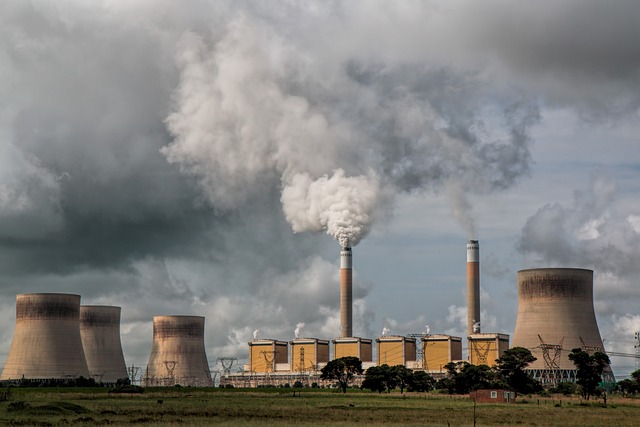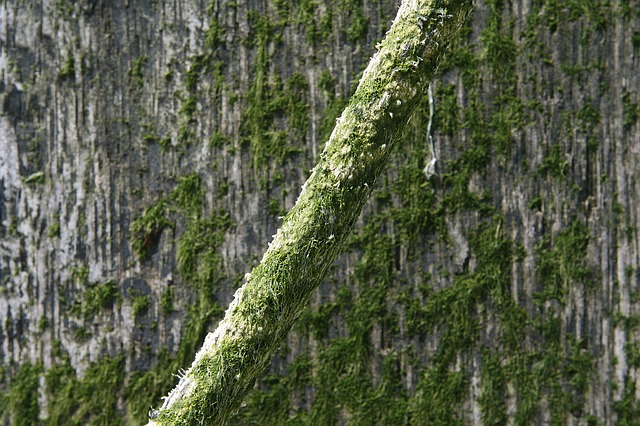Introduction
Pakistan is one of the top ten most vulnerable countries to the disastrous impacts of Climate change. Climate change is a huge problem being faced by our country and no solution is in sight. For more info about Climate Change, check out: Climate change and its Causes and Effects and for more info about effects of Climate change on Pakistan, check out: Climate Change and Its Impact on Pakistan.
Have a look at: What is Climate Change Adaptation? – Importance and Methods
Location
Azad Kashmir is also known as the Azad Jammu and Kashmir. It is neither a province nor a state of Pakistan but is economically linked to Pakistan and is considered a free region. The area is about 1680 square km and has a boundary between the Indian Occupied Kashmir. It has Punjab in the south west and south, west is occupied by the Khyber Pakhtunkhwa, Gilgit Baltistan in the north
Topography of province
It is located in the hills of the Jamgarh peak in the Himalayan peak. The Pir Panjal range is in the south. This region is in subduction zone and is extended up to the Indian and Australian tectonic plates and is vulnerable to earthquakes. A strong seismic activity of earthquake was formed in the Muzaffarabad in 2005 that killed thousands of people.
The river Jhelum and its tributaries are in the mountain ranges. The sandy alluvial fans are in the Punch region in the south. There are thorn scrubs, denser grasses, pine forests in the north. Wheat barley, and corn is grown in the valley. The main occupation is farming and livestock rearing. There are marbles in the valley. Graphite, silica, zircon, quartz, chalk, bauxite, graphite. people produce carpets, wooden furniture that are handmade.
Effect of climate change on Azad Kashmir:
-
Glacial retreat
Himalayan glaciers that melt and feed the rivers of Asia are melting at a fast rate than before. The Kolahoi glacier are the most fastest declining glaciers due to global warming but the rates are very low. There are more than 7000 glaciers in Himalayan region in which 3000 are very catastrophic and can cause vast destruction. For more information read: Climate Change and Himalayan Glacier Hazard.
-
Floods
The floods have also become very common in Azad Kashmir. The stream moved from Salkhala merges into Neelum valley and causes the main floods. The cloud burst in July 2021 caused about 30 deaths in the Neelum valley. The floods moved from Muzaffarabad to the Neelum valley and a couple drowned in the floods also. Floods in 2004in the Indian ocean tsunami killed hundreds of people. In July 2010 20 percent of the land was swept. The federal flood commission reported that more than 5000 people were killed and more than 500,000 houses were swept. To know more about flash floods, read Flash Floods – Causes, Effects, Prevention and Management.
-
Extreme weather events like heat waves
Heat waves are common in the region of the Islamabad and Muzaffarabad in which the 2015 heat wave due to the scorching temperature killed hundreds of people. There is increasing temperature in the months of the June, July and august. According to the Pakistan meteorological department the heat waves will be more common and frequent in the summers. Read: Heatwaves in Pakistan And India – Causes, Effects, Solutions.
-
Landslides
Ghoin valley in the Muzaffarabad region has common landslides due to the deforestation and has common snow avalanches in the region about 2000 people were affected due to the road blockage. For more information: Landslides and Rockfall – Causes, Effects, and Prevention.

-
Soil erosion
The soil erosion in the Neelum valley has caused loss of the top fertile soil and the sediments flow directly in the Neelum valley and increases the sediment load in the valley. The top soil loss is causing degradation. Read: Soil Erosion and Degradation – Causes, Effects, and Solutions.
-
Seasonal change and decreased crop yield
Due to the high temperature reaching up to 40 degree Celsius there is less crop yield of wheat, maize, corn and rice. The germination of seeds are also affected and proper reason for germination needs to be evaluated. Also check out: Climate Change Causing Rice Crop Yield Reduction In Pakistan.
Conclusion
Azad Kashmir is considered as the Switzerland of Asia .Therefore it is necessary that we protect this valley from the harmful effects of the climate change and help people in the mitigation and adaptation against climate change so that people can have more opportunities and there is no lost of precious life.
For detailed information about impacts of climate change on each province of Pakistan, check out the detailed articles given below:
Effect of Climate Change on Punjab Province of Pakistan
Effects of Climate Change on Sindh Province of Pakistan
Effects of Climate Change on KPK Province of Pakistan
Effects of Climate Change on Balochistan Province of Pakistan
Effect of Climate Change On Gilgit Baltistan of Pakistan
We hope you liked this post! Please comment below if you have any suggestions, comments or feedback! We at #envpk love hearing from readers! Thanks




